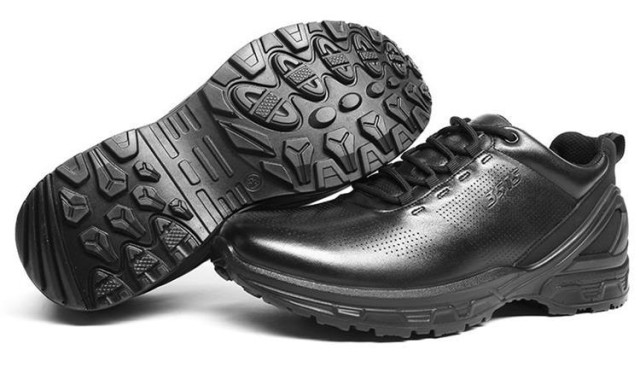The right business casual shoes should do three things well: adapt to diverse workplace environments, maintain professional polish, and express personal style without overpowering your outfit. This guide reveals strategic approaches to building a versatile footwear wardrobe that transitions seamlessly from client meetings to casual Fridays.
Building a Versatile Business Casual Footwear Wardrobe
Matching Shoe Styles to Workplace Scenarios
Not all business casual settings are created equal. A creative agency’s standards differ markedly from a financial consultancy’s expectations. Research shows professionals need at least three core shoe styles to cover these variations:
-
Structured Classics (e.g., plain-toe oxfords)
- Ideal for: Client-facing roles, formal internal meetings
- Why they work: Clean lines and leather finishes project reliability
-
Flexible Hybrids (e.g., suede chukka boots)
- Ideal for: Semi-formal team collaborations or business travel
- Why they work: The textured finish softens formality while maintaining professionalism
-
Modern Comfort (e.g., knit lace sneakers)
- Ideal for: Casual Fridays or tech-sector environments
- Why they work: Breathable materials like mesh keep feet cool during long wear
Pro Tip: Have you considered how your shoe’s toe shape affects perceptions? Rounded toes convey approachability, while almond-shaped toes lean sophisticated.
Color Coordination Strategies for Professional Settings
Neutrals dominate business casual footwear for good reason—they pair effortlessly with most outfits. Build your foundation with these hues:
- Dark Browns/Blacks: Essential for formal leanings
- Taupe/Camel: Bridges casual and formal wear
- Navy/Olive: Adds subtle personality to monochrome outfits
Avoid high-contrast color blocking in conservative fields. A study of workplace perceptions found that professionals in neutral-toned footwear were rated as more competent than those wearing bright colors.
Maximizing Long-Term Value in Business Casual Shoes
Material Care and Maintenance Essentials
Your shoes’ lifespan depends heavily on material choices and upkeep:
| Material | Key Care Needs | Avg. Lifespan* |
|---|---|---|
| Full-grain leather | Monthly conditioning | 5+ years |
| Suede | Weekly brushing | 3-4 years |
| Knit fabrics | Machine wash (cold) | 2-3 years |
*With proper maintenance
For leather styles, invest in cedar shoe trees to absorb moisture and maintain shape. A 3515 manufacturing insight reveals that shoes stored with trees retain their structure 40% longer than those without.
Cost-Per-Wear Analysis of Recommended Styles
Calculate true value by dividing a shoe’s price by its estimated wears:
- $150 oxfords worn 200 times = $0.75 per wear
- $100 loafers worn 80 times = $1.25 per wear
Higher upfront costs often yield better long-term value. Professionals who invested in quality leather shoes reported replacing them half as often as cheaper alternatives.
Step Into Smarter Professional Style
3515 empowers footwear distributors and brands to deliver versatile business casual shoes that balance comfort, durability, and style. Our manufacturing expertise ensures every pair meets the dynamic needs of today’s professionals—from boardroom-ready oxfords to innovative knit hybrids.
Ready to elevate your footwear line with adaptable business casual styles? Partner with 3515 to access premium craftsmanship at scale.
Related Products
- Factory Direct Wholesale Leather Comfort Shoes with Dial Closure
- Wholesale Leather Derby Shoes Manufacturer | Customizable Business & Dress Footwear
- Wholesale Modern Business Shoes with Dial Closure System for Bulk Orders
- Wholesale Comfort Dress Shoes with Dial Closure for Custom Manufacturing
- Wholesale Classic Leather Lace-Up Ankle Boots for Brand Manufacturing
Related Articles
- How Leather Midsoles Elevate Performance in Goodyear Welted Footwear
- How Military Boot Breaking-In Prevents Injury: Tactical Adaptation Techniques
- How Military Boots Prevent Physical Strain and Last Longer: A Tactical Guide
- How Leather Safety Shoes Protect Workers from Burn Hazards: Materials, Standards, and Real-World Performance
- When Pull-On Work Boots Make Sense: Optimizing Convenience Without Sacrificing Safety



















